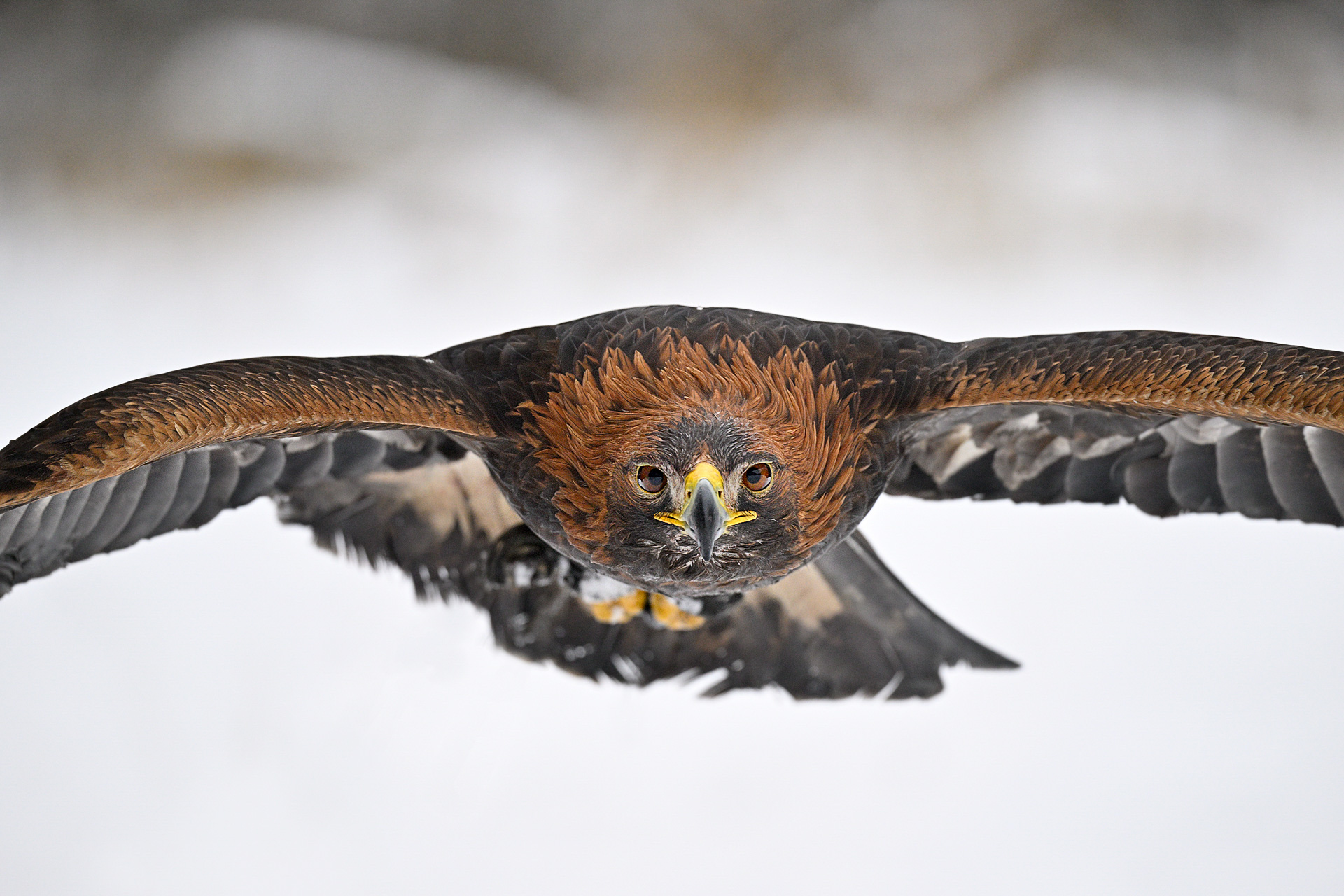What do ISO Standards have to do with you as a photographer?
For example, ISO 12232 gives camera manufacturers a benchmark for setting exposure in digital cameras. It also dictates just how cameras should record exposure in terms of metadata and even provides a standard method for comparing the sensor sensitivity of different digital cameras and smartphones.
Without these standards, each manufacturer would have to use their own process to determine a camera’s specifications. As a result, these specifications wouldn’t mean much relative to other cameras, as each manufacturer would be measuring according to a different benchmark.
Having a common, international standard prevents this from happening. It ensures that ISO 100 on a Sony is the same as ISO 100 on a Canon, which is the same on an Olympus, etc.
Not only does this help you know which camera to buy, it helps the manufacturers make a consistently sound product. It also makes it much easier for different photography products to work well together.
On the metadata side, having everyone follow the exact same ISO standards means that when we see the camera settings someone used, we can then recreate the exposure conditions without a lot of guesswork

 photographylife.com
photographylife.com

